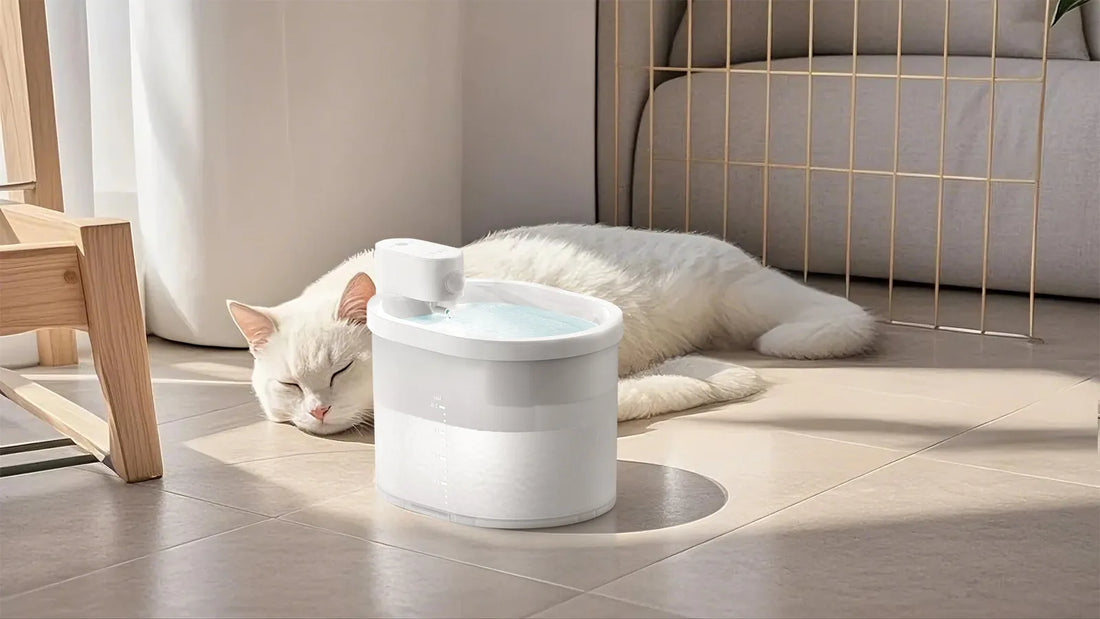Have you ever wondered why your dog barks at their food bowl? This seemingly odd behavior can be both puzzling and frustrating for pet owners. Understanding the reasons behind this action can help you address it effectively and ensure your furry friend is happy and healthy.
Instinctual Behavior
One of the primary reasons dogs bark at their food bowl is rooted in their instinctual behavior. In the wild, canines often vocalize to communicate with their pack members. Barking at the food bowl could be your dog's way of signaling to you or other pets that they are ready to eat. This behavior is a throwback to their ancestral roots, where vocalization played a crucial role in survival.
Attention-Seeking
Dogs are social animals and thrive on interaction with their human companions. Barking at the food bowl might be your dog's way of seeking attention. They may have learned that this behavior gets a reaction from you, whether it's a verbal response or physical attention. Over time, this can become a habitual action, especially if they feel neglected or bored.
Excitement and Anticipation
For many dogs, mealtime is the highlight of their day. The anticipation of food can lead to excitement, which manifests as barking. This is particularly common in dogs that are highly food-motivated. The sight and smell of their meal can trigger an enthusiastic response, and barking is just one way they express their joy.
Anxiety and Stress
In some cases, barking at the food bowl can be a sign of anxiety or stress. Changes in the household, such as a new pet, a move, or even a change in routine, can cause your dog to feel uneasy. This anxiety may manifest as barking when they are near their food bowl. It's essential to observe your dog's overall behavior to determine if stress is the underlying cause.
Medical Issues
Sometimes, barking at the food bowl can indicate an underlying medical issue. Dental problems, gastrointestinal discomfort, or other health concerns might make eating painful or uncomfortable for your dog. If you notice any changes in their eating habits or additional symptoms, it's crucial to consult with a veterinarian to rule out any medical conditions.
Training and Reinforcement
Training plays a significant role in shaping your dog's behavior. If your dog has been inadvertently reinforced for barking at their food bowl, they are likely to continue the behavior. For example, if you respond to their barking by immediately filling the bowl, they learn that barking gets them what they want. Consistent training and positive reinforcement can help modify this behavior.
Environmental Factors
The environment in which your dog eats can also influence their behavior. A noisy or chaotic feeding area might cause your dog to bark out of frustration or discomfort. Ensuring a calm and quiet space for mealtime can help reduce this behavior. Additionally, the type of food bowl and its placement can also play a role. Some dogs may prefer a different type of bowl or a more secluded eating area.
Breed-Specific Traits
Certain breeds are more prone to vocalization than others. Breeds that are naturally more talkative may be more likely to bark at their food bowl. Understanding your dog's breed-specific traits can provide insight into their behavior and help you manage it more effectively.
Addressing the Behavior
If your dog's barking at the food bowl is becoming a problem, there are several strategies you can employ to address it. First, ensure that your dog is getting enough physical and mental stimulation throughout the day. A tired and mentally engaged dog is less likely to exhibit attention-seeking behaviors. Second, establish a consistent feeding routine to reduce anxiety and excitement around mealtime. Finally, consider using positive reinforcement techniques to reward quiet behavior and discourage barking.
Understanding why your dog barks at their food bowl is the first step in addressing this behavior. Whether it's rooted in instinct, excitement, or anxiety, there are effective strategies to help your dog feel more comfortable and secure during mealtime. By paying attention to their needs and providing a supportive environment, you can ensure that your furry friend is happy, healthy, and well-behaved.













